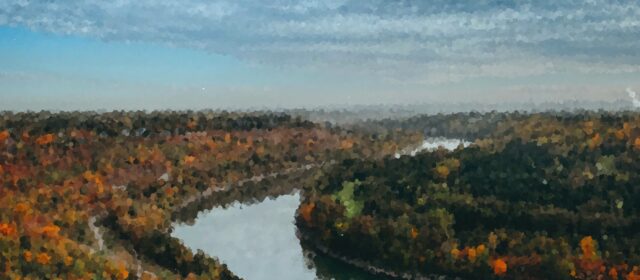Lakewood Climate Hazard and Social Vulnerability Study
Climate Risk Analysis
Lakewood assesses climate vulnerabilities
Client
City of Lakewood
Population
156,000
Schedule
2024-2025


The Problem
From golf-ball-sized hail to flash floods, Lakewood, CO, has already faced millions in damage from climate hazards over the past decade. Its climate is on track to become hotter, drier in the summer, and more unpredictable. The City of Lakewood asked SSG to help it better understand future risks so it could prepare and increase the community’s resilience to climate hazards.
The Problem
What risks do climate hazards pose to Lakewood’s people, infrastructure, and economy?
6
billion-dollar natural disasters in Colorado in 2024
185
deaths from heat waves, severe storms, and tornados in Colorado in 2024
The Solution
SSG analyzed climate projections, local data, and community input to assess risks based on three factors: how likely a hazard is to occur, how vulnerable the community is to the hazard, and what the consequences would be if it happens. The resulting Climate Hazard and Social Vulnerability Study examined 10 hazards and proposed 61 actions to help Lakewood improve its resilience to them. The study focused on the five hazards Lakewood is most vulnerable to: hailstorms, extreme heat, extreme cold, flooding, and wildfires.
The Outcome
The Climate Hazard and Social Vulnerability Study highlighted:
10-30
additional days over 95°F annually by 2080
$84.5M
in potential damages from an extreme flood by 2070
180k
more people exposed to dangerous temperatures during heat waves in 2070
$170M
real estate value at high or extreme risk of wildfires by 2050
*in a high-emissions scenario compared to current conditions.
Outcome
Key Takeaways
Contact Us
Have questions about our services or want to know more about how we can help you?


